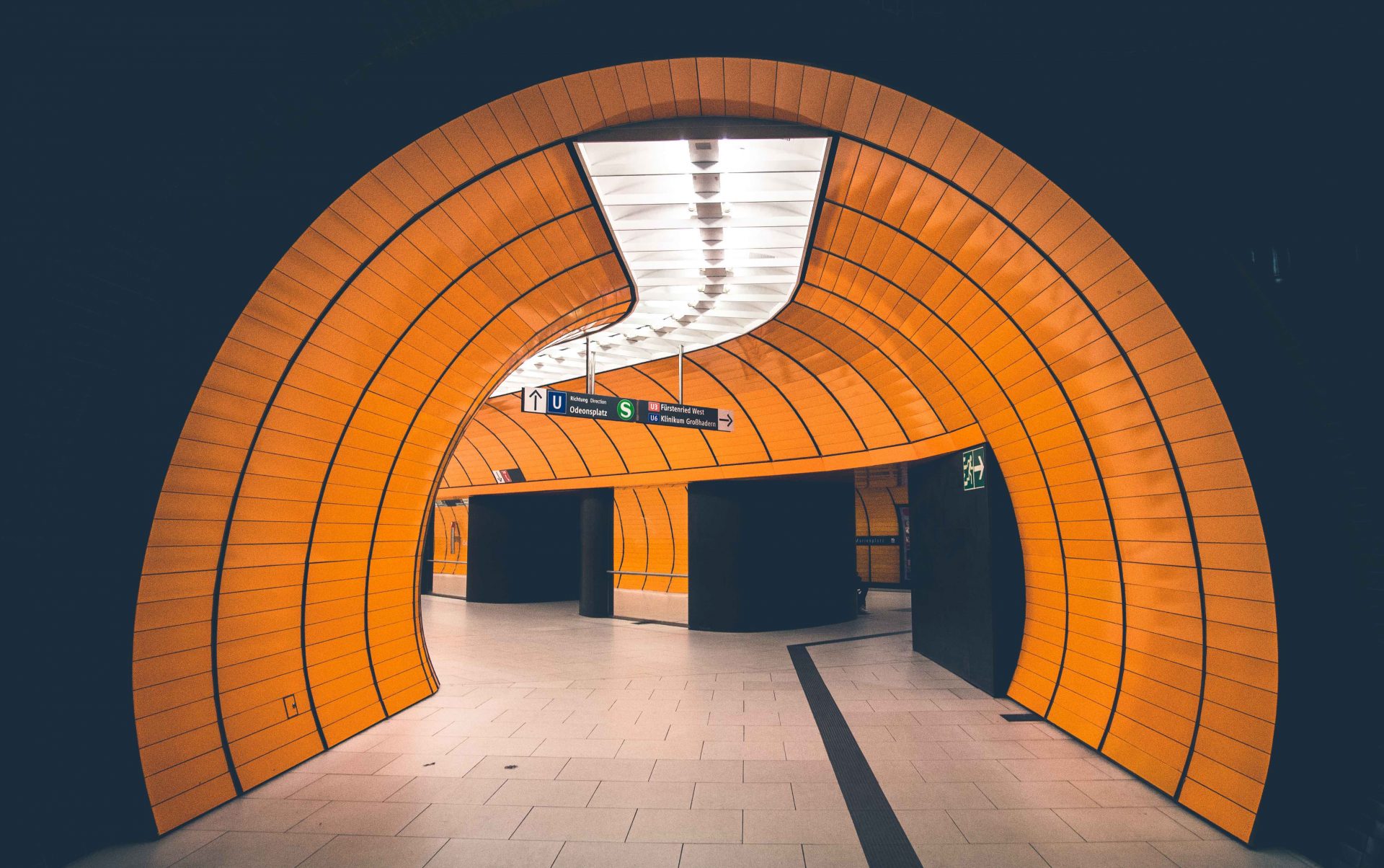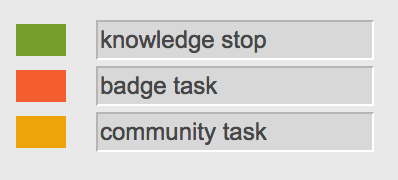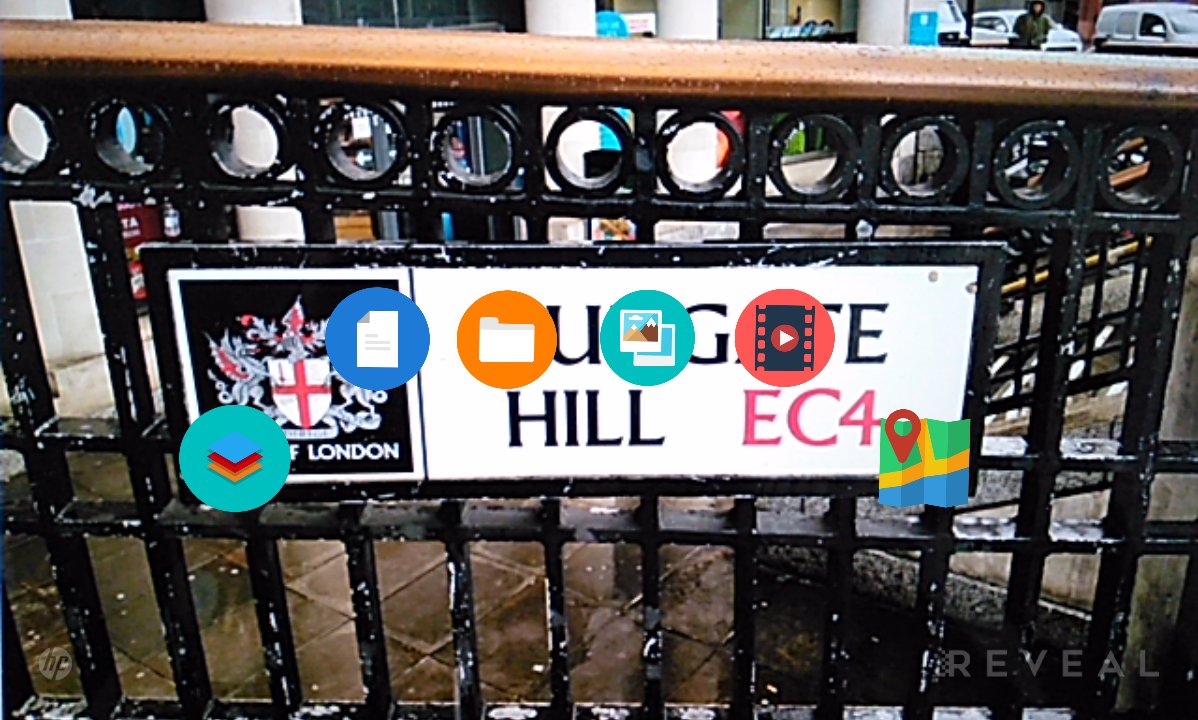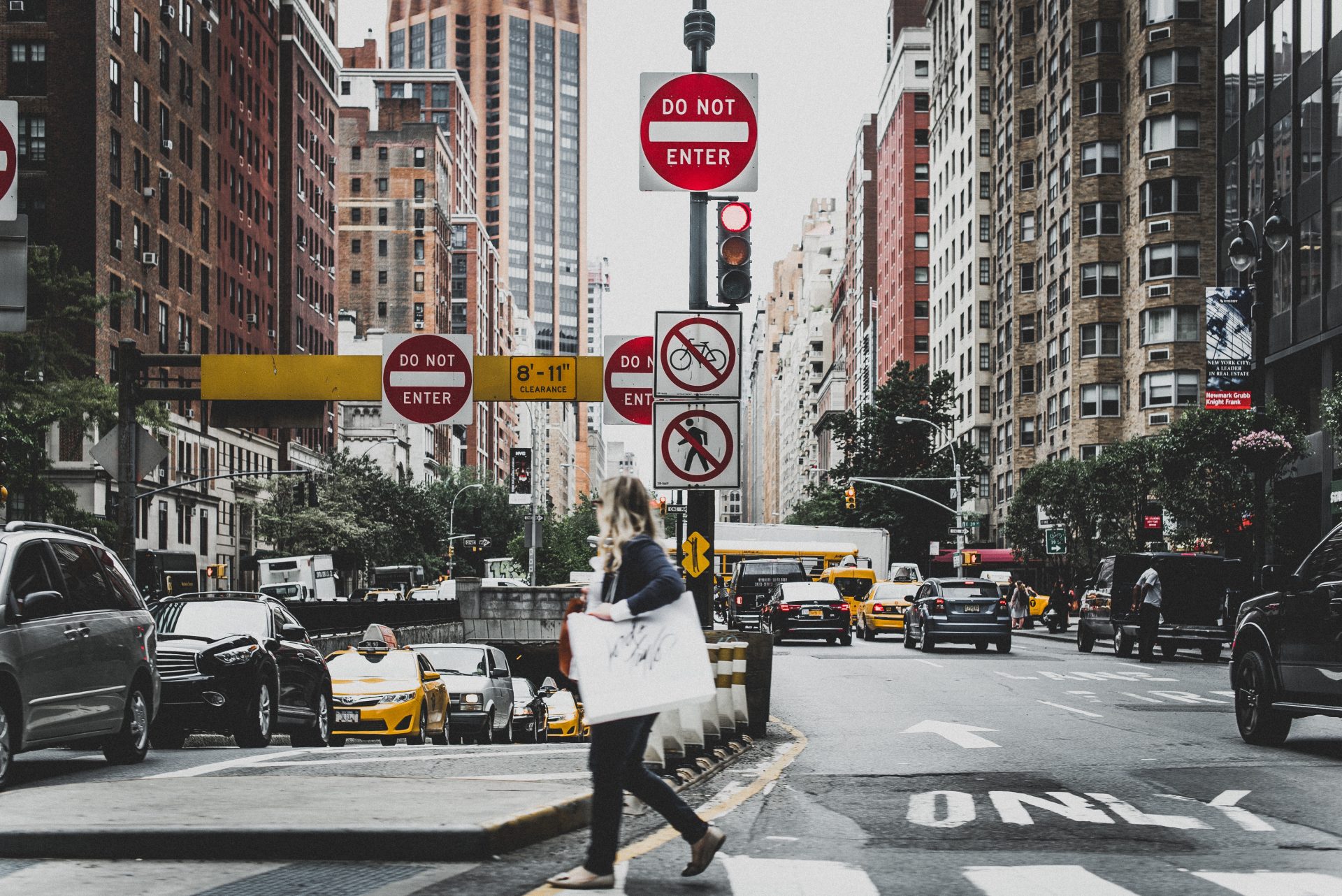Creating a Learning Journey. By Pen Lister. October 13th, 2016. Categories: Tutorials and Guides Tags: apps, technology

Terminology: Augmented Reality, location-based learning, apps, Aurasma, Blippar, badged learning
Introduction
This is a brief guide to a smart city learning journey’s three main elements: Augmented Reality, Learning locations and accessing subject domain content. Another key consideration is how to engage your learner with learner interactions and discussions as they progress. It’s important to remember it is a JOURNEY, so locations need to be planned that are pinpointed on a map and viewable as a journey.
Please refer to our other page on Apps and Technologies for information on apps mentioned here.
Utilising augmented reality
Augmented reality is not only about super techy aspects like 3 D models of real places, it’s also about pinning content to real locations that users can access, to learn more about where they are and enhance their local experience. Investigate what you can do with Aurasma, or alternately Blippar to get some good results. You can link to webpages, social media or videos. Remember, location must be enabled on a device for this to work.
Planning the journey
Think about how one place might lead to another place, or just provide a brief overview of a few exciting things to get the users interest. The example shown in ‘First Valletta Journey’ is a general hop from one location of note to another, but a journey could be a lot more involved, using discovery and even testing the user in some way.
Use a Map
Google Maps is probably the easiest but there are other options for creating maps. Please refer to our other article on Creating a Google Custom Map.
Learner Interactions and Discussion
Learner interactions are a very important part of effective learning, especially online. Getting your learners to actively take part in their learning increases their engagement and understanding, so planning for interactivity is a *very good thing*. There’s plenty of evidence (ref) for this amongst academics, but in smart city learning we need to be aware of new ways of interacting with other learners and other experts. A separate article will shortly be available to discuss this in more depth.
Using codes to engage users

Fig 1.0 Task Categories
Stages of learning are a great way for a learner to see how they are progressing, and what choices may lie ahead. A variety of ways exist to code stages of learning. One way of doing this is to assign a descriptive term to a type of task or stage of learning and then require your learner to achieve a specified number of each type. For example, using the idea shown in the fig opposite, we could ask learners to complete 10 knowledge stops, interact with 6 community tasks and complete 4 badged (assessed) tasks.
Name your journey (s) and your learning group
This is important as it then means we can create the online forum and learning group for your experience. This will allow learners access to forum chat and content uploads.
More relevant articles are available (listed below), including Designing a Learning Journey, with more detail than this introductory post.

